The smell of banana leaves and coconut milk simmering on the stove meant one thing: Lola Uma was making her famous suman sa lihiya for Noche Buena. I still remember sneaking into the kitchen as a kid, watching her wrap each piece with such care, her hands moving like magic. She'd always let me help tie the strings, even though mine were wobbly compared to her perfect bundles.
Now every time I make this recipe, I can almost hear her gentle voice guiding me through each step. This traditional Filipino rice cake might seem intimidating at first, but it's actually quite simple once you get the hang of it. The lye water gives it that signature golden color and bouncy texture, while the banana leaves add an incredible aroma that you just can't get any other way.
Once you taste that first bite dipped in rich latik sauce, you'll understand why this was always the star of our holiday table.
Jump to:
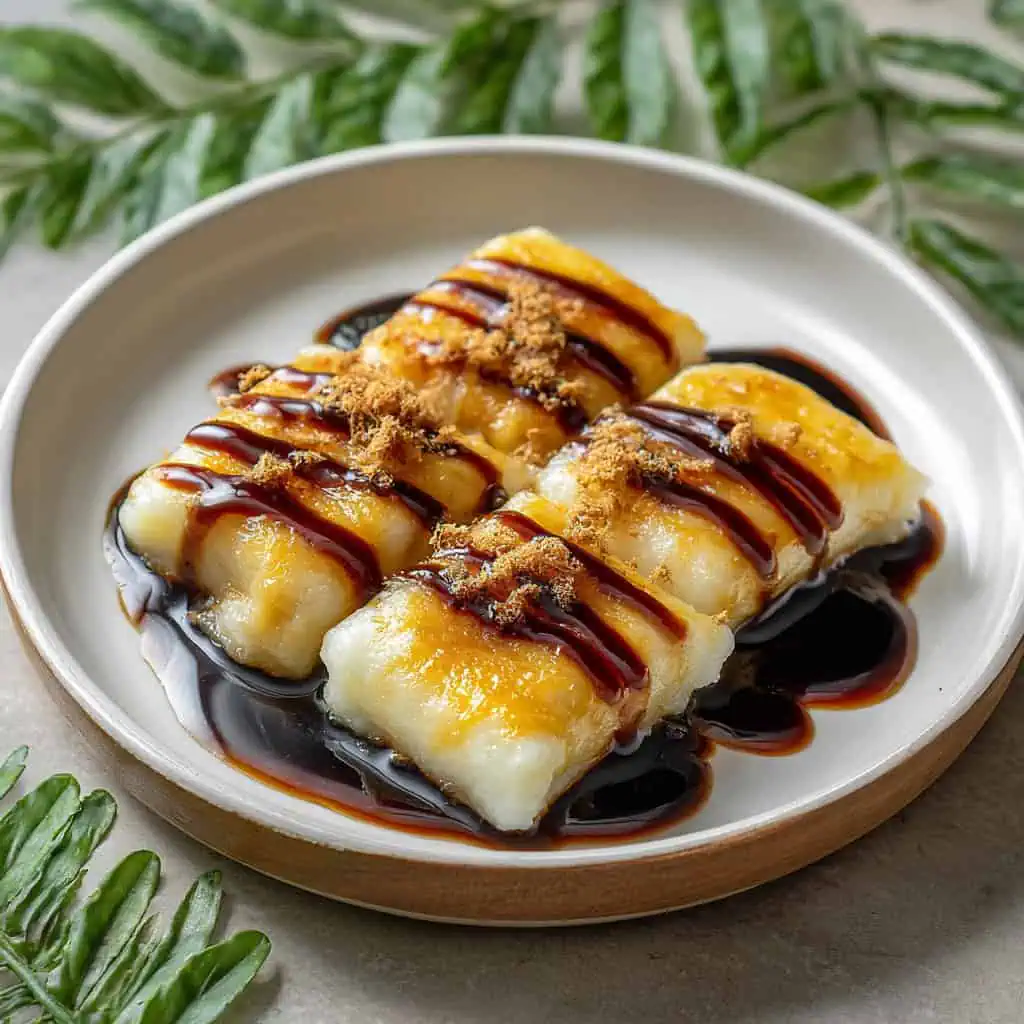
Why You'll Love This Recipe
This authentic suman sa lihiya recipe delivers the perfect chewy, translucent rice cake that melts in your mouth. The lye water creates that signature golden color and irresistibly sticky texture, while banana leaves infuse each bite with a subtle, aromatic flavor that can't be replicated.
Paired with rich, caramelized latik sauce, this traditional Filipino delicacy brings comfort and nostalgia to every serving. It's surprisingly simple to make at home and uses just a few pantry staples, making it perfect for special occasions or weekend treats.
Ingredients
- 3 cups glutinous rice (malagkit)
- 1 tablespoon lye water
- 4×5 inch banana leaves, cleaned and cut
- 8×11 inch banana leaves, cleaned and cut
- Kitchen string or food-safe string
- 2 cups muscovado sugar (or brown sugar)
- 2 cups coconut milk (or 1 can, 400ml)
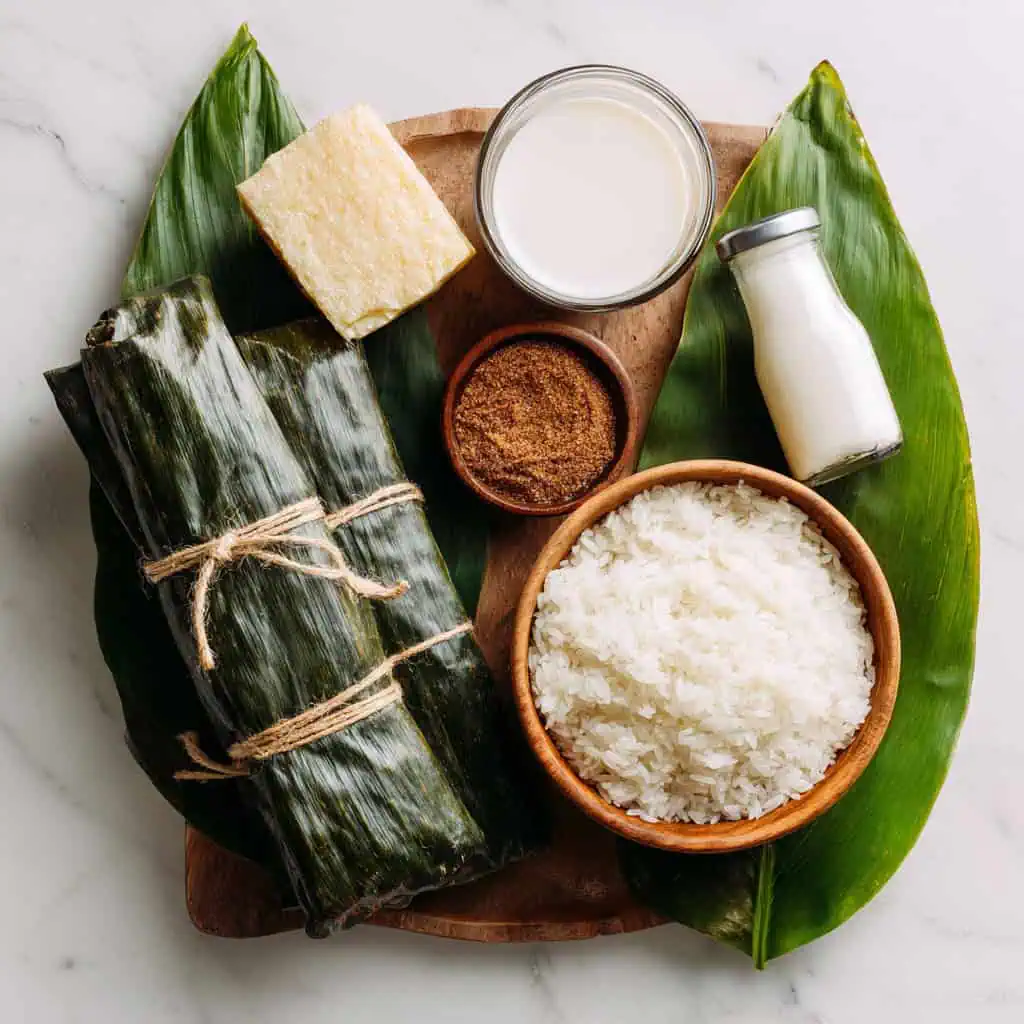
These carefully selected ingredients work together to create the perfect suman texture and flavor. Glutinous rice provides the chewy base, while lye water transforms it into that signature translucent, elastic consistency.
Fresh banana leaves are essential for the authentic aroma and natural wrapping, and muscovado sugar creates the deep, caramelized latik sauce that makes this dessert truly special.
Equipment
- Large mixing bowl - for soaking the rice and mixing with lye water
- Large pot with lid - for steaming the wrapped suman
- Medium saucepan - for making the latik sauce
- Clean kitchen towel - for wiping banana leaves
- Wooden spoon - for stirring ingredients without scratching cookware
- Tongs - for handling hot banana leaves safely
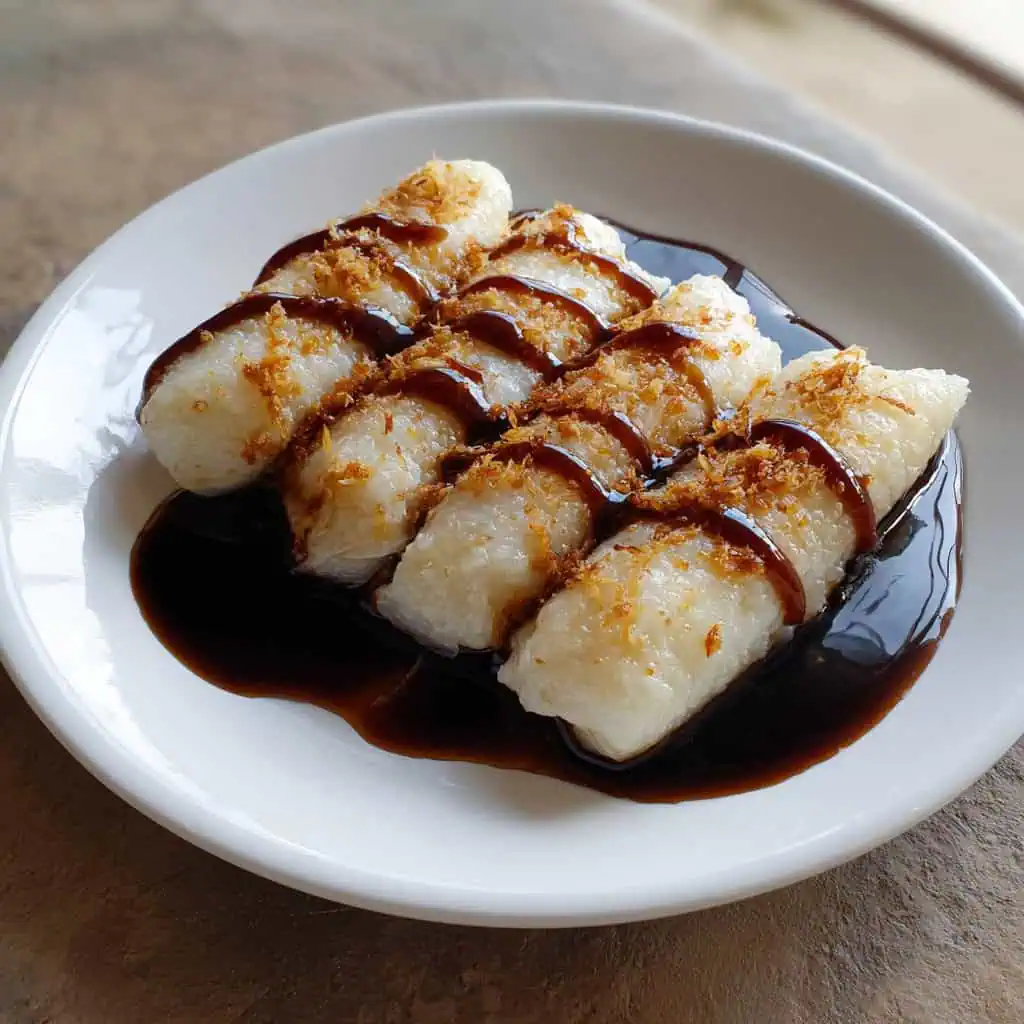
How To Make
- Place the glutinous rice in a large bowl and cover completely with water. Let it soak for at least 3 hours, covering the bowl to prevent contamination. This soaking process softens the rice grains and ensures even cooking.
- After 3 hours, drain the water completely from the rice. Pour the lye water over the drained rice and stir thoroughly until the rice turns a beautiful yellowish color. The lye water is what gives suman its characteristic appearance and texture.
- Prepare the banana leaves by briefly wilting them over low heat for just a few seconds on each side. This softens the leaves and makes them pliable for wrapping. Allow them to cool completely, then wipe clean with a damp cloth to remove any residue.
- Lay the larger banana leaf on a flat surface with the topside facing down. Place the smaller leaf in the center with the topside facing up. This double-layer technique ensures the suman won't leak during cooking and adds extra aroma.
- Spoon 3 tablespoons of the rice mixture onto the center of the smaller leaf. Fold the leaf carefully around the rice, creating a neat rectangular package. Make sure the rice is completely enclosed to prevent water from entering during cooking.
- Take two wrapped rice packages and place them together, then tie securely with kitchen string. The string should be tight enough to hold the packages together but not so tight that it cuts through the leaves.
- Arrange all the wrapped suman in a large pot and pour in enough water to completely cover them. The water level should be at least 1 inch above the wrapped rice to ensure even cooking.
- Bring the water to a boil over medium heat, then reduce to low heat and simmer for 1½ hours. The long, slow cooking process ensures the rice becomes perfectly tender and develops that signature chewy texture.
- Carefully remove the suman from the pot using tongs and let them cool for a few minutes before unwrapping. The rice should be translucent and have a firm, elastic texture when done.
- For the latik sauce, pour the coconut milk into a saucepan and bring to a gentle boil. Reduce heat to low and let it simmer while stirring occasionally. Add the muscovado sugar and stir continuously until completely dissolved and the sauce thickens to a syrup-like consistency. The sauce should coat the back of a spoon when ready.

Tips from Lola's Kitchen
- Always use fresh banana leaves for the best aroma - frozen leaves work but lack that authentic fragrance
- Test your lye water by adding a small amount to rice first - it should turn golden, not orange
- Don't skip the soaking time - rushed rice will cook unevenly and be tough
- Keep the heat low during cooking to prevent the banana leaves from burning
- Make extra latik sauce - it keeps well in the fridge and everyone always wants more
- Tie the suman bundles snugly but not too tight - they'll expand during cooking
Substitutions
- No lye water? Mix 1 tablespoon baking soda with 3 tablespoons water as an emergency substitute
- Can't find banana leaves? Use parchment paper or aluminum foil, though you'll miss the authentic flavor
- No muscovado sugar? Brown sugar or coconut sugar work well, or even regular white sugar
- Fresh coconut milk unavailable? Canned coconut milk works perfectly - use the full-fat version
- No glutinous rice? Regular short-grain rice won't give the same texture but can work in a pinch
Troubleshooting
- Rice is too hard? Cook for another 30 minutes and check water level frequently
- Suman is falling apart? The banana leaves weren't tied tightly enough or the rice wasn't soaked long enough
- Color is too pale? Add a bit more lye water next time, but don't overdo it
- Latik sauce is too thin? Continue cooking on low heat while stirring until it thickens
- Banana leaves are tearing? They weren't wilted enough or the heat was too high
- Rice tastes bitter? You used too much lye water - stick to the measurement next time
Storage & Reheating
- Fresh suman keeps at room temperature for up to 2 days when wrapped in banana leaves
- Refrigerate for up to 5 days in an airtight container
- Freeze wrapped suman for up to 3 months - thaw overnight before serving
- Reheat by steaming for 5-10 minutes or microwaving for 30 seconds
- Latik sauce stays fresh in the fridge for up to 1 week in a covered container
- Warm latik gently on the stove or microwave in 15-second intervals before serving
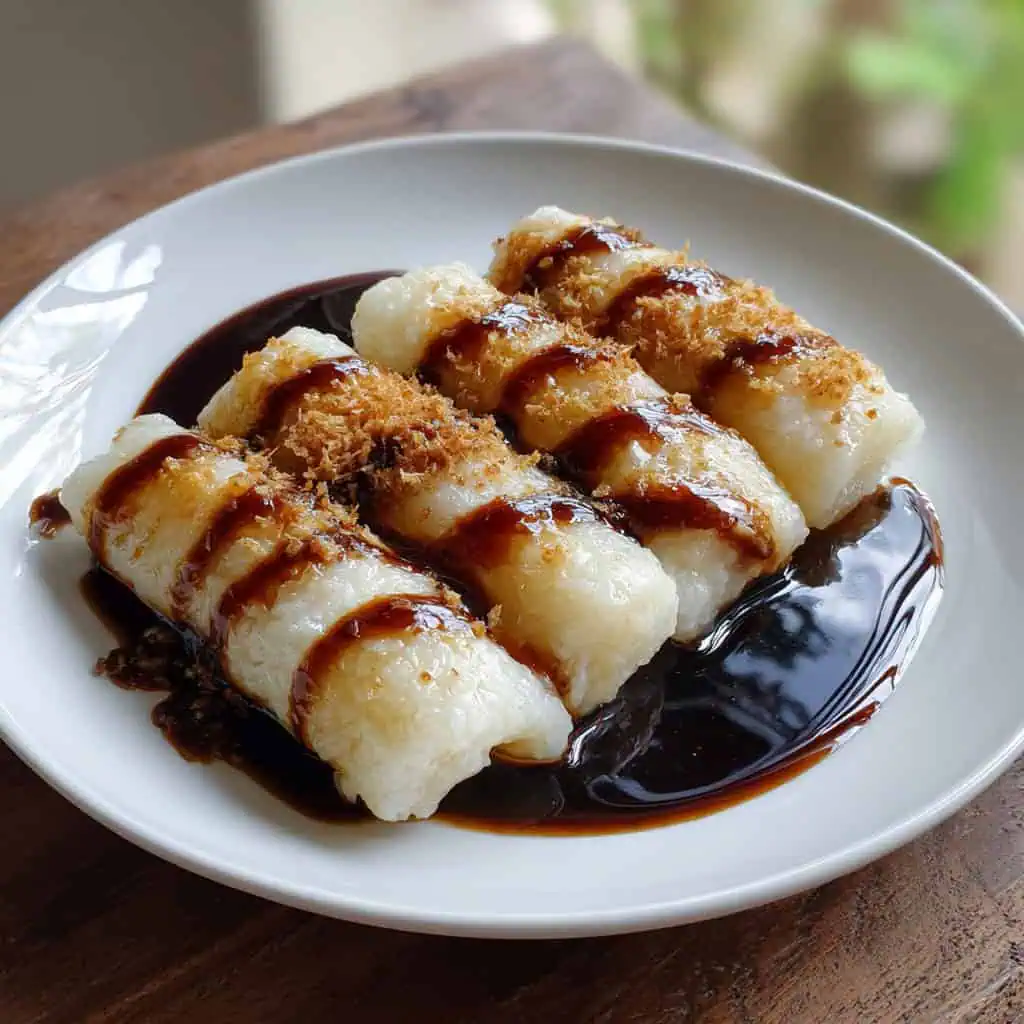
FAQ
Where can I buy lye water?
Check Asian grocery stores, order online from Lazada, or make your own substitute
Is lye water safe to eat?
Yes, food-grade lye water is perfectly safe when used in proper amounts
Can I make suman without banana leaves?
Yes, but you'll miss the authentic aroma and flavor
How do I know when suman is done?
The rice should be translucent and have a firm, chewy texture
Can I make this ahead of time?
Absolutely! Suman tastes even better the next day
Why is my latik sauce lumpy?
The heat was too high or you didn't stir enough while cooking
Can I use coconut cream instead of coconut milk?
Yes, but dilute it slightly with water for the right consistency
Related
Looking for other recipes like this? Try these:
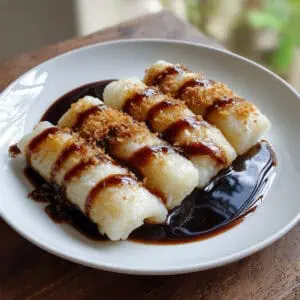
Suman sa Lihiya (Filipino Rice Cake with Lye Water)
Ingredients
- 3 cups glutinous rice malagkit
- 1 tablespoon lye water
- 4 ×5 inch banana leaves cleaned and cut
- 8 ×11 inch banana leaves cleaned and cut
- Kitchen string or food-safe string
- 2 cups muscovado sugar or brown sugar
- 2 cups coconut milk or 1 can, 400ml
Instructions
- Place the glutinous rice in a large bowl and cover completely with water. Let it soak for at least 3 hours, covering the bowl to prevent contamination. This soaking process softens the rice grains and ensures even cooking.
- After 3 hours, drain the water completely from the rice. Pour the lye water over the drained rice and stir thoroughly until the rice turns a beautiful yellowish color. The lye water is what gives suman its characteristic appearance and texture.
- Prepare the banana leaves by briefly wilting them over low heat for just a few seconds on each side. This softens the leaves and makes them pliable for wrapping. Allow them to cool completely, then wipe clean with a damp cloth to remove any residue.
- Lay the larger banana leaf on a flat surface with the topside facing down. Place the smaller leaf in the center with the topside facing up. This double-layer technique ensures the suman won't leak during cooking and adds extra aroma.
- Spoon 3 tablespoons of the rice mixture onto the center of the smaller leaf. Fold the leaf carefully around the rice, creating a neat rectangular package. Make sure the rice is completely enclosed to prevent water from entering during cooking.
- Take two wrapped rice packages and place them together, then tie securely with kitchen string. The string should be tight enough to hold the packages together but not so tight that it cuts through the leaves.
- Arrange all the wrapped suman in a large pot and pour in enough water to completely cover them. The water level should be at least 1 inch above the wrapped rice to ensure even cooking.
- Bring the water to a boil over medium heat, then reduce to low heat and simmer for 1½ hours. The long, slow cooking process ensures the rice becomes perfectly tender and develops that signature chewy texture.
- Carefully remove the suman from the pot using tongs and let them cool for a few minutes before unwrapping. The rice should be translucent and have a firm, elastic texture when done.
- For the latik sauce, pour the coconut milk into a saucepan and bring to a gentle boil. Reduce heat to low and let it simmer while stirring occasionally. Add the muscovado sugar and stir continuously until completely dissolved and the sauce thickens to a syrup-like consistency. The sauce should coat the back of a spoon when ready.
Tips from Lola's Kitchen
- Always use fresh banana leaves for the best aroma - frozen leaves work but lack that authentic fragrance
- Test your lye water by adding a small amount to rice first - it should turn golden, not orange
- Don't skip the soaking time - rushed rice will cook unevenly and be tough
- Keep the heat low during cooking to prevent the banana leaves from burning
- Make extra latik sauce - it keeps well in the fridge and everyone always wants more
- Tie the suman bundles snugly but not too tight - they'll expand during cooking
The Story Behind Suman sa Lihiya
Suman sa lihiya has deep roots in Filipino culinary tradition, dating back to pre-colonial times when indigenous Filipinos developed ingenious ways to preserve and enhance rice. The word "suman" comes from the Tagalog term that refers to various types of rice cakes, while "lihiya" refers to the lye water that gives this particular version its distinctive characteristics.
The use of lye water in Filipino cooking wasn't accidental, it was a brilliant discovery that transformed ordinary glutinous rice into something extraordinary. Ancient Filipino cooks learned that adding lye water, traditionally made from wood ash, created a rice cake with remarkable texture and longer shelf life. This alkaline solution breaks down the rice's proteins, resulting in that signature translucent, chewy consistency that makes suman sa lihiya so special.
Banana leaves play an equally important role in this traditional Filipino dessert. Before modern packaging existed, Filipino ancestors used banana leaves as natural wrappers for cooking and preserving food. The leaves not only keep the rice mixture contained during steaming but also impart a subtle, earthy aroma that enhances the overall flavor profile. This cooking method represents the Filipino principle of using what nature provides.
The pairing with latik sauce showcases another aspect of Filipino culinary genius. Latik, made from coconut milk and sugar, demonstrates how Filipino cooks maximized the coconut palm, often called the "tree of life" in the Philippines. The rich, caramelized sauce perfectly complements the mild, chewy rice cake, creating a dessert that's both satisfying and deeply rooted in Filipino food culture.
Today, suman sa lihiya remains a beloved Filipino kakanin (rice cake) served during special occasions like Christmas, New Year, and family gatherings. Its preparation has become a cherished tradition passed down through generations, with each family adding their own touches while maintaining the authentic flavors that make this Filipino rice cake so memorable.
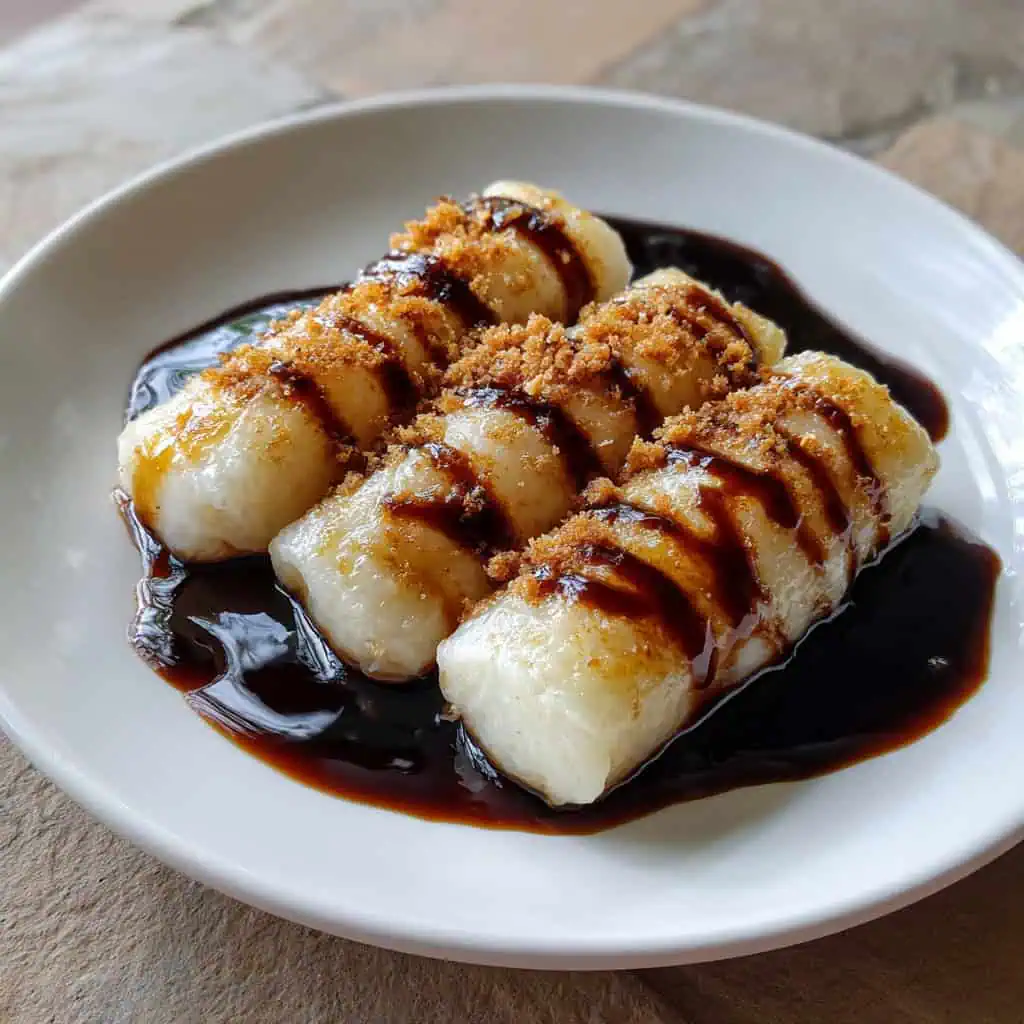

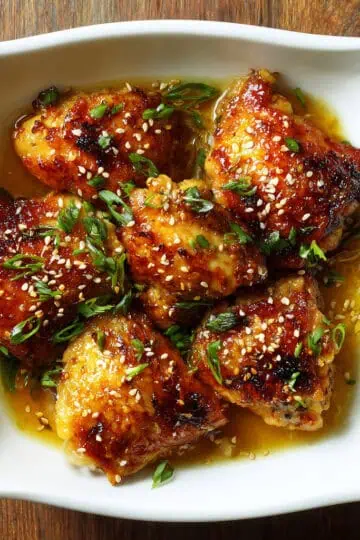
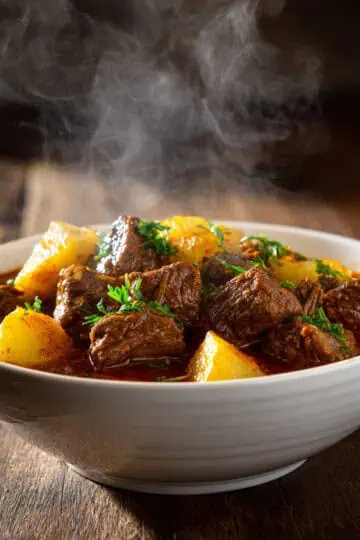


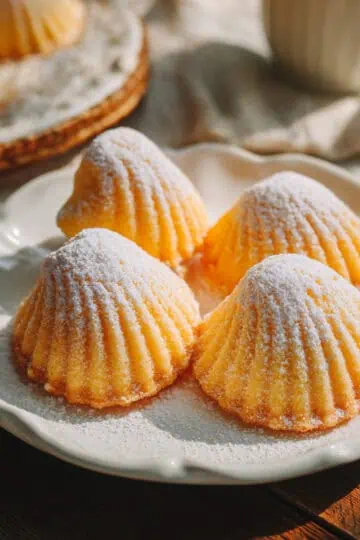
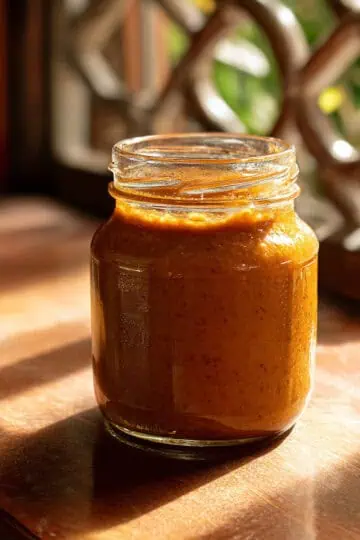
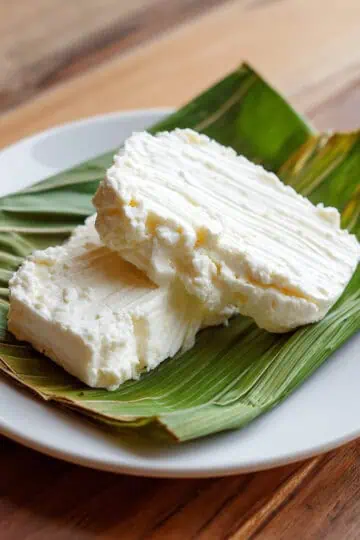
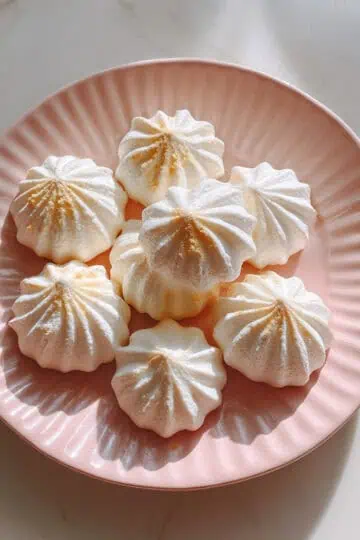
Comments
No Comments